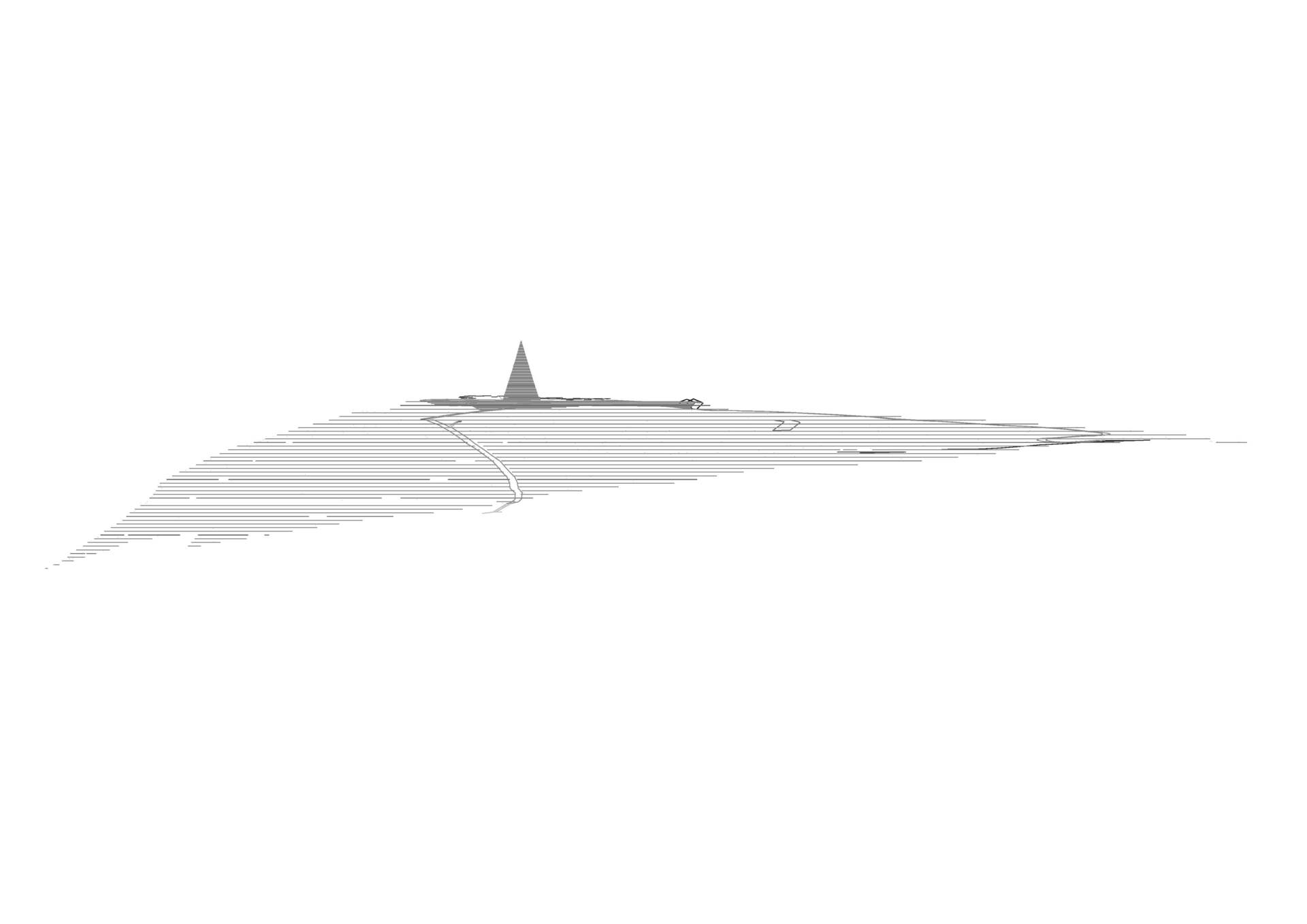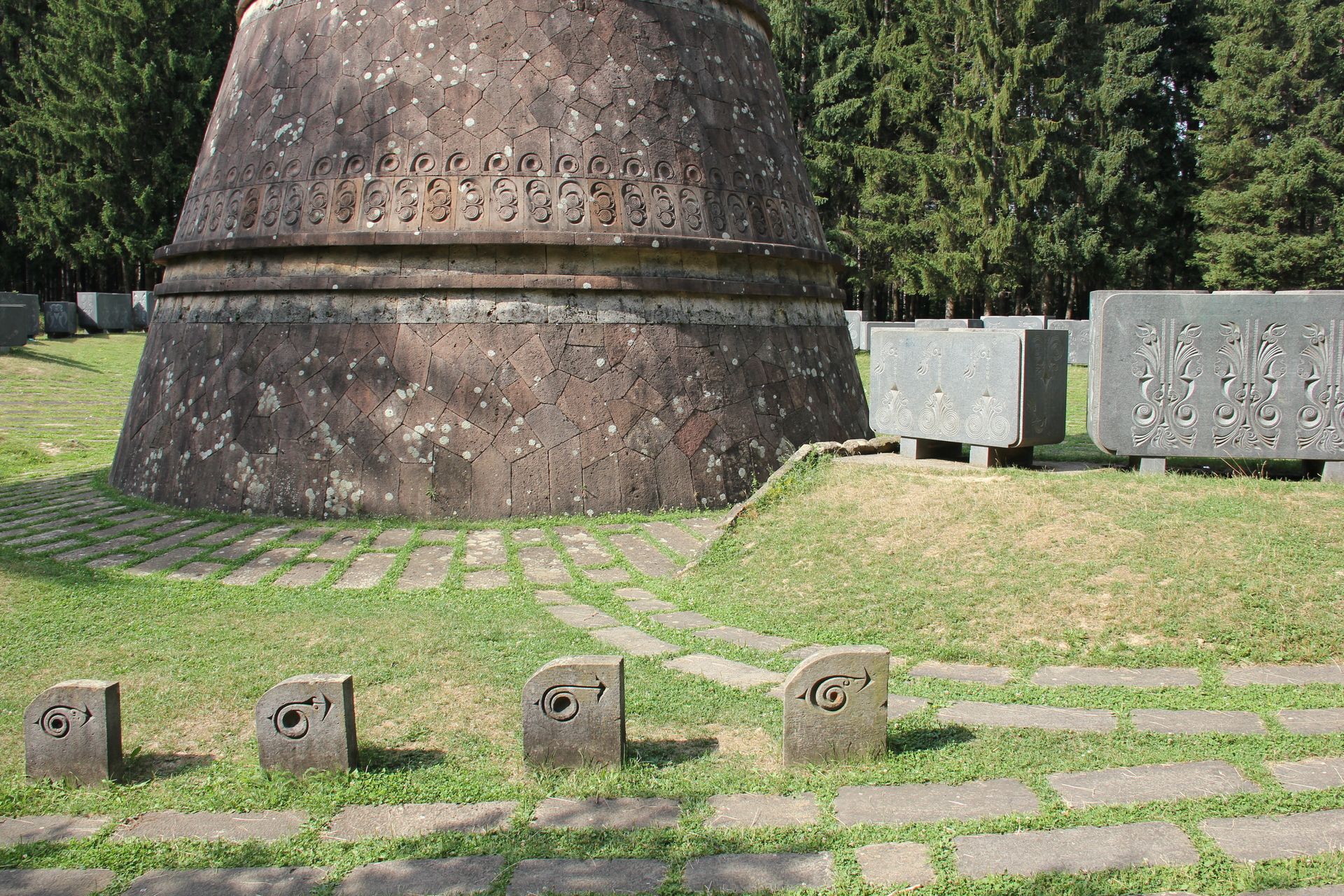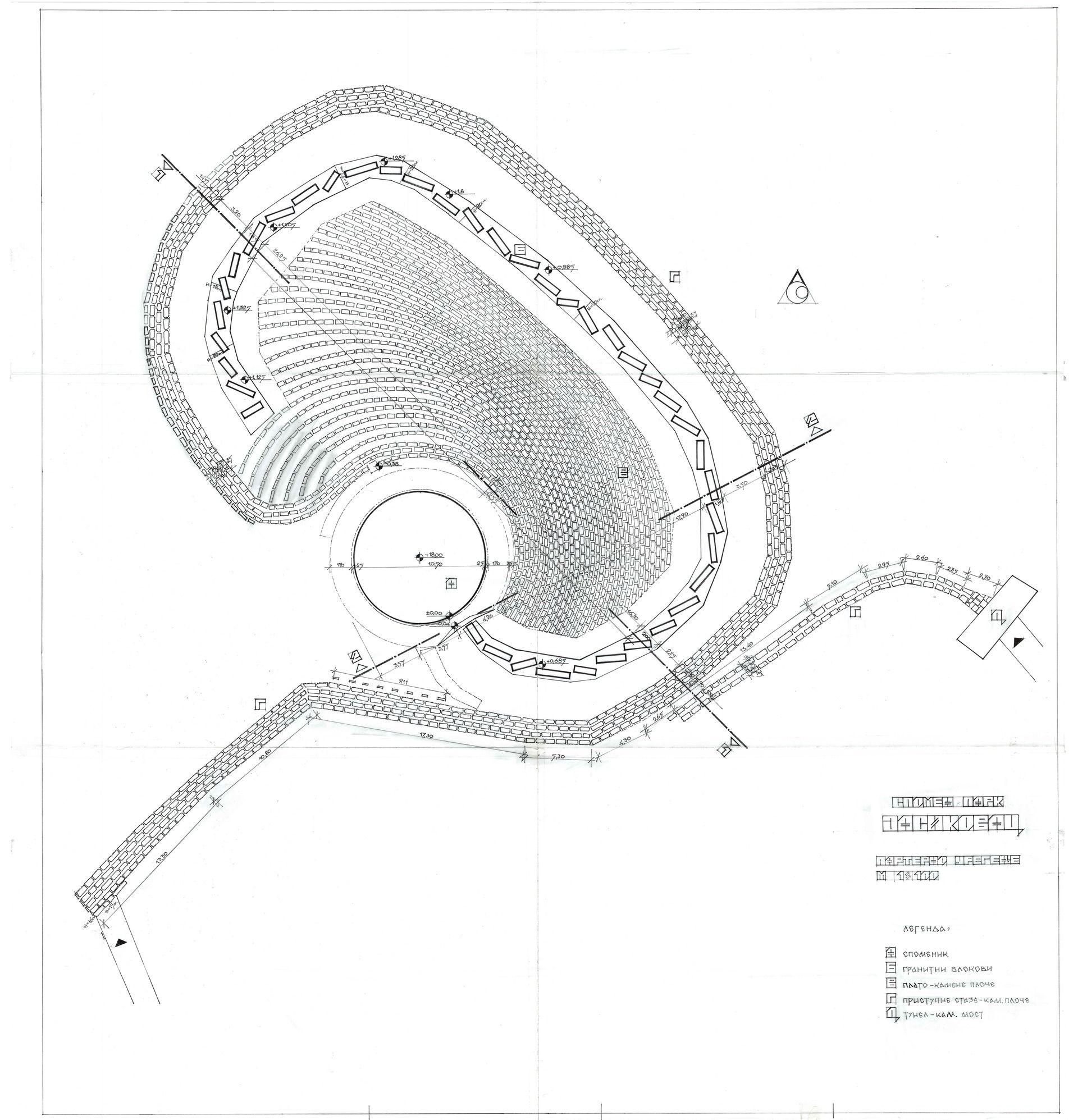Hey there.
Last week, we talked about heritage guardian elements and the frameworks for building defense systems.
If you haven’t read it, it’s here → Heritage Guardian Elements.
I also sent you a free resource to help in your design process. It’s not on the web, so if you didn’t see it, you can access it here → Heritage Guardian Elements Checklist.
(Put it to work, don’t just download and forget about it.)
So, about this memorial complex.
Did you know that moving 2,000 m3 of earth transformed a forgotten Ottoman hill into one of the most powerful freedom symbols of Montenegro?
The majority of architects approach heritage sites as if their landscapes are fixed. Passive backgrounds for monuments and other structures.
But if the earth itself could become the narrative…
Then the landscape could breathe memory and actively shape how we experience heritage.
That’s exactly what I discovered atop Jasikovac Hill in Berane. The impact wasn’t just in stone and inscription—it was in the ground itself, and how architect Bogdan Bogdanović rewrote the terrain to craft meaning and memory.
I’ll tell you how and why landscape engineering is far more than backdrop.
And why it’s the amplifier of every heritage story you want to tell.
We tend to spend hours modeling elevations and rendering pavilions, yet treat the land beneath as decoration or inconvenience. Soil as stage set, not as protagonist.
But history is layered into every contour and step. Neglecting the landscape is like leaving half the archive in storage.
What separates master-level memorial architecture is not just what is built, but where and how the terrain itself is transformed in service of meaning, memory, and visitor experience.
The Memory Landscape Method
Here’s the framework I use to ensure landscape becomes an active participant in heritage interpretation, and not just a passive canvas.
1. Site Reading for Historical Layers
Map chronological land uses: Which soils, slopes, and views connect to different eras?
Ask local elders what “used to be here”—list all prior uses, real or rumored.
Identify “ghost features”: ruins, mounds, odd trees, and scars that hint at lost chapters.
2. Strategic Earth Movement for Emotional Impact
Re-contour the land to create physical thresholds (ridges, embankments, sunken approaches) that cue entry into memory space.
Use elevation changes to build anticipation—each plateau or descent can mark a new story or ritual.
Harness the design principle of procession. Each step in level or slope can be a step deeper into the past.
3. Plateaus vs. Valleys: Shaping Different Experiences
Plateaus: Open, gathering spaces. Ideal for collective memory, ceremonies, and overview moments. Plateaus invite pause and reflection.
Valleys: Intimate, protected zones. Perfect for individual contemplation, intimate storytelling, or where difficult memory needs softening.
Blend plateaus and valleys to choreograph an emotional journey, moving visitors from overview to immersion and back.
4. Wind and Circulation as Design Partners
Use prevailing winds to animate spaces—curate wind corridors for sound, scent, and atmosphere.
Orient paths to maximize sensory cues (the chill under a bridge, the rustle of leaves on ascent, the hush on the summit).
Circulation routes aren’t just for movement—they’re for transformation through landscape.
Jasikovac Hill Transformation
When Bogdanović approached Jasikovac in the 1970s, he inherited a hill forgotten by most. Its Ottoman-era fortifications erased, its slopes overgrown.
His genius wasn’t just about what he built, but how he terraformed memory itself:
Sculpted the summit into a 40x60m plateau—carved by moving thousands of cubic meters of earth. This plateau became the stage for both monument and visitor, setting up a sense of arrival and reverence.

Fig. 1. Jasikovac hilltop with memorial, elevation.
Raised embankments formed a subtle, protective embrace—a physical gesture of safeguarding memory on all sides.

Fig. 2. Terraforming. Source: Radović David.
Choreographed approach: Instead of a straight path, he routed visitors along a sunken entry, under an arched brick gateway; winds follow you like breath through the space, creating literal and metaphorical spirals of memory.

Fig. 3. Choreography. Author: Bogdan Bogdanović, original drawing.
The landscape and monument became inseparable.
The earthwork is not just backdrop—it’s active defense, spatial storytelling, and emotional amplifier.
Everything everywhere all at once.
The land remembers more than we realize.
Your next heritage project isn’t just about what rises above ground, but what you shape beneath your feet.
Move earth with intention, and you don’t just build a site. You sculpt memory itself.
Of course, this is not easy.
But, if you need guided help, I offer close consultations on amplifying your project’s heritage impact.
Reach out if this is for you.
Thanks for reading.
~ David
Future Heritage is a newsletter on the critical intersections of architecture,
culture, and philosophy.
Spread the word — share with your own network.
Reach out for collaboration.
